Ash tree boletes aren't the greatest edible mushroom you'll ever find, but some people like them. Read on and I'll explain the things you need to know.
When I first saw these in the wild I brushed them off at first glance, "they're probably just some type of polypore" I thought. Then one day, the pastry chef at the restaurant I was working in brought in a huge bag full. He was curious to have me tell him if they were edible or not, as well as know their name. Since they're bolete-type mushrooms with pores instead of gills, I suspected they were edible, but made sure to do some digging first.
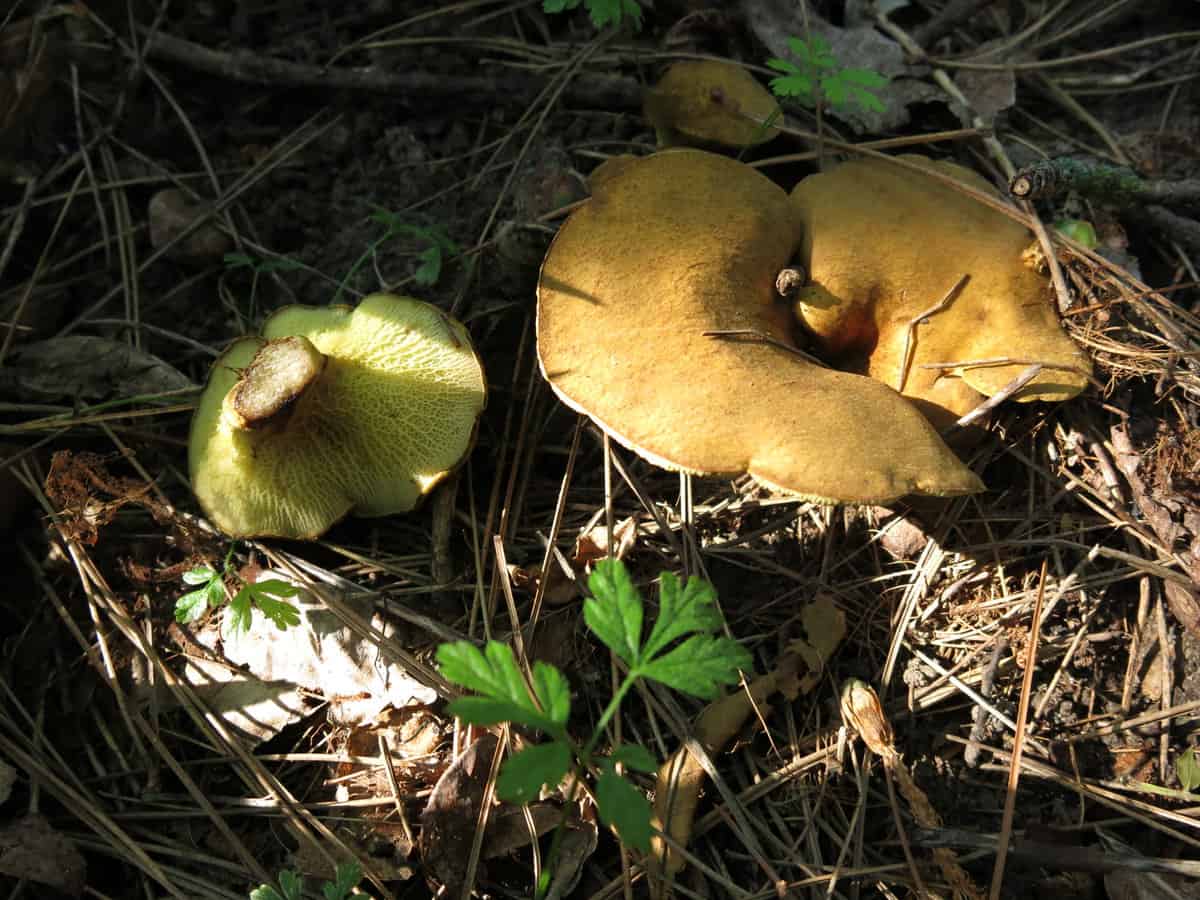
After a little research, these popped up. He was excited when I brought in a couple guides and showed him what it was and how it can be cooked. They're soft, with a pleasant smell, and have a nice, velvety feel to them. None of the species I have found and cooked have had bug issues either.
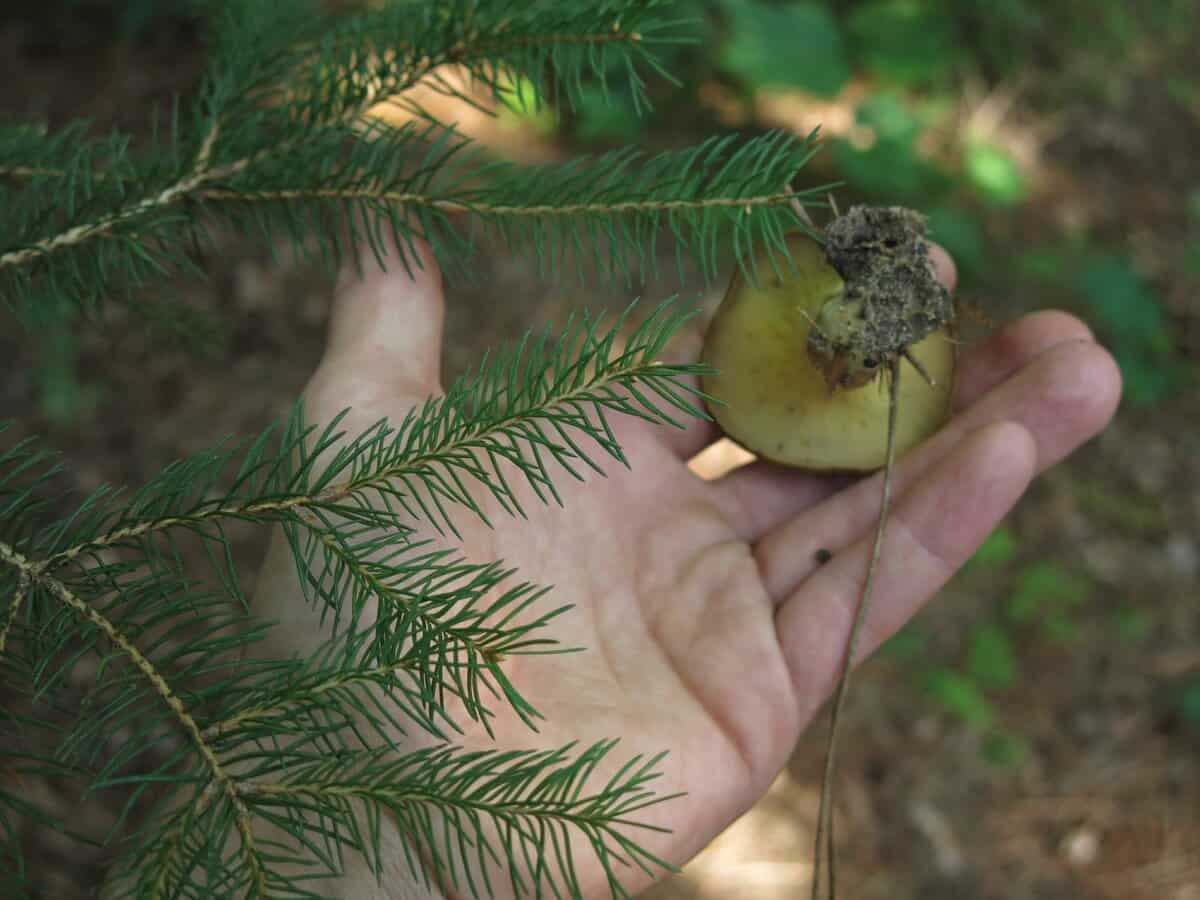
Habitat
I find these growing under ash, and tamarack, in Minnesota. Other reports from around the U.S. say they might grow with alder trees. They pop up in the late summer here in Minnesota, at the same time as the chicken fat bolete, and lactarius indigo.
This is where things get interesting. When fresh, these have a nice, mild flavor. Often dried boletes are described as being nutty, and this is true with this species. They have a scent reminiscent of toasted walnuts when dried.
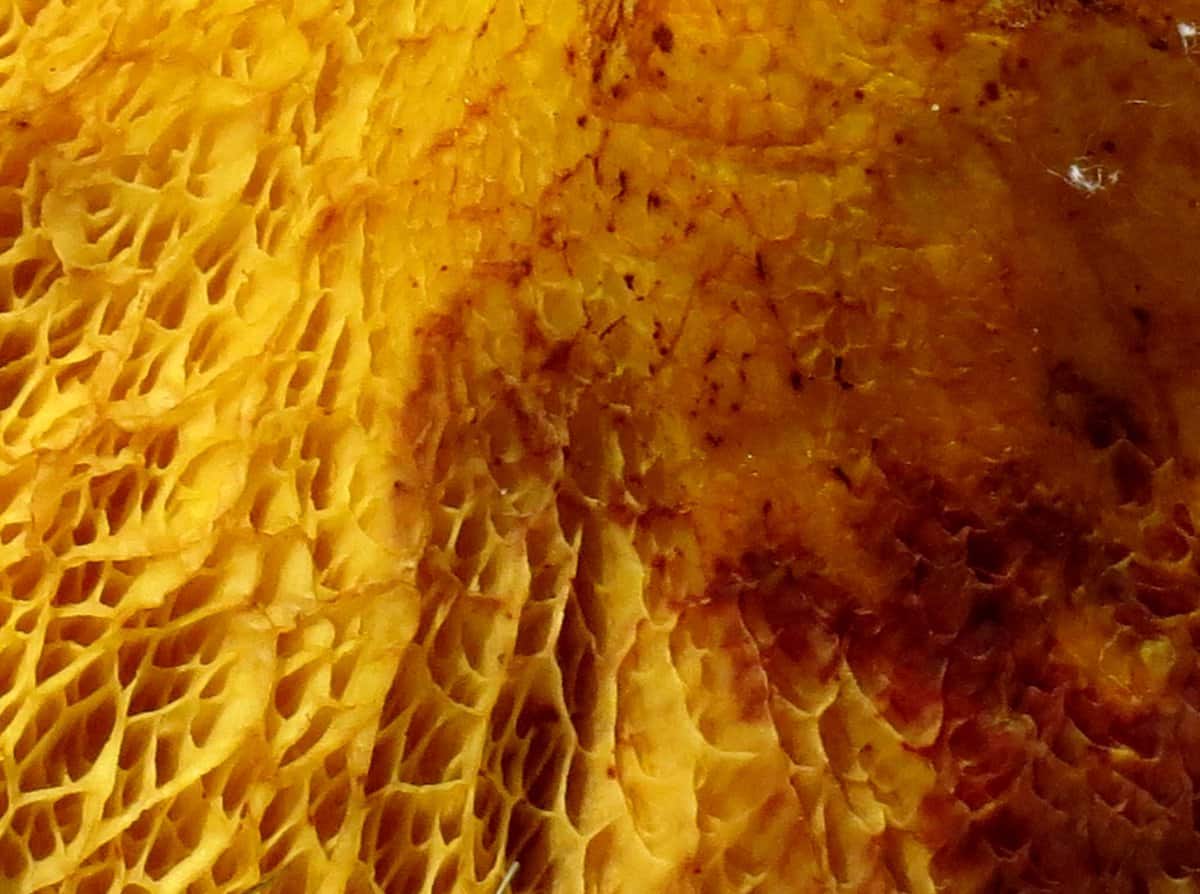
The species I've found under ash stain blue when cut (Boletinellus Marulioides). The ones I find under tamarack do not (Boletinellus rompelii). I've eaten both and had no problems in modest amounts around 2 ounces or less.
Cooking
These are a good example of a wild mushroom that's edible, but not necessarily great to eat. Just like slippery jacks, the texture of these can be a little bit slippery when cooked if they aren't dried first. As the mushrooms age, their pores become larger and texturally unappealing to me. If the mushrooms are young, you can cook them "straight-up" if they're older though, I like to scrape the pores off with a knife.
Since they can be a bit slippery fresh, combining them with something crunchy like toasted breadcrumbs adds some great textural contrast. Flavoring the breadcrumbs with some garlic and hot pepper flakes makes it interesting, and irresistible. Here's a really great way I like to prepare them-a recipe I donated to a mycological cookbook in Oregon.
These are not going to amaze you with their flavor, but they can be ok with other mushrooms in a blend, lobster mushrooms don't have a crazy strong flavor either. If you like these, you'll want to make sure to hunt for slippery jacks too. Another possibility is if you have a friend from Russia or Poland: give them some of these, as some of my friends from those areas do like them, although I don't usually pick them.
Recipes
Here's some of my favorite recipes for boletes, fresh or dried. I'm enclosing my favorite way to have these too: since they have a slippery texture like Suillus mushrooms, I like to cook them with crispy breadcrumbs, garlic and chili.
- Wild Mushroom Conserve
- Wild Mushroom Duxelles
- Wild Mushrooms with Garlic and Parsley
- Fricsee of Wild Mushrooms
- Dried Wild Mushroom Duxelles
- Fresh Bolete Butter
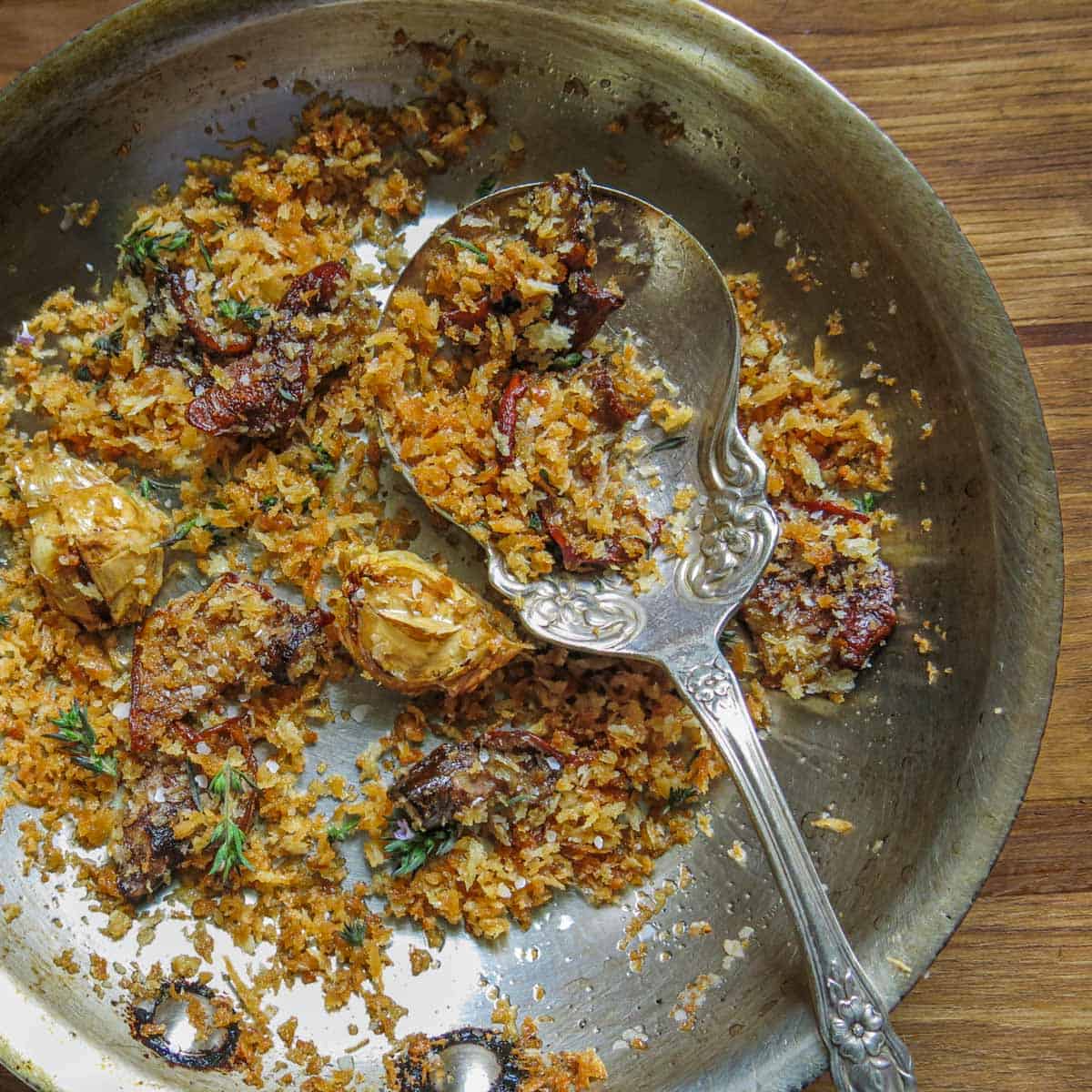
Boletinellus Mushrooms With Breadcrumbs, Garlic, And Chili
Great spooned on top of fish, sprinkled on a salad, or tossed with some roasted potatoes or a bitter green vegetable like broccoli raab.
Serves 8 as an appetizer
Ingredients
- 8 ounces fresh boletinellus mushrooms, sliced ½ in thick
- Kosher salt and pepper
- 3 tablespoon unsalted butter
- 2 tablespoon cooking oil, like lard, grapeseed or canola
- ¼ cup panko breadcrumbs
- 1 teaspoon crushed red pepper
- 2 skin-on cloves of garlic, crushed
- 1 teaspoon fresh chopped thyme
Method
- Heat the oil and garlic in a saute pan over medium heat until lightly sizzling. Allow the garlic to brown, but not burn.
Add the mushrooms and butter, and cook for 5 minutes, stirring occasionally, until the mushrooms are lightly browned and caramelized, season the mushrooms with salt and pepper to taste. - Reduce the heat and add the breadcrumbs, thyme and cook, stirring regularly until the breadcrumbs are golden brown. Remove the pan from the heat, add the dried chili and stir to combine, then serve immediately.

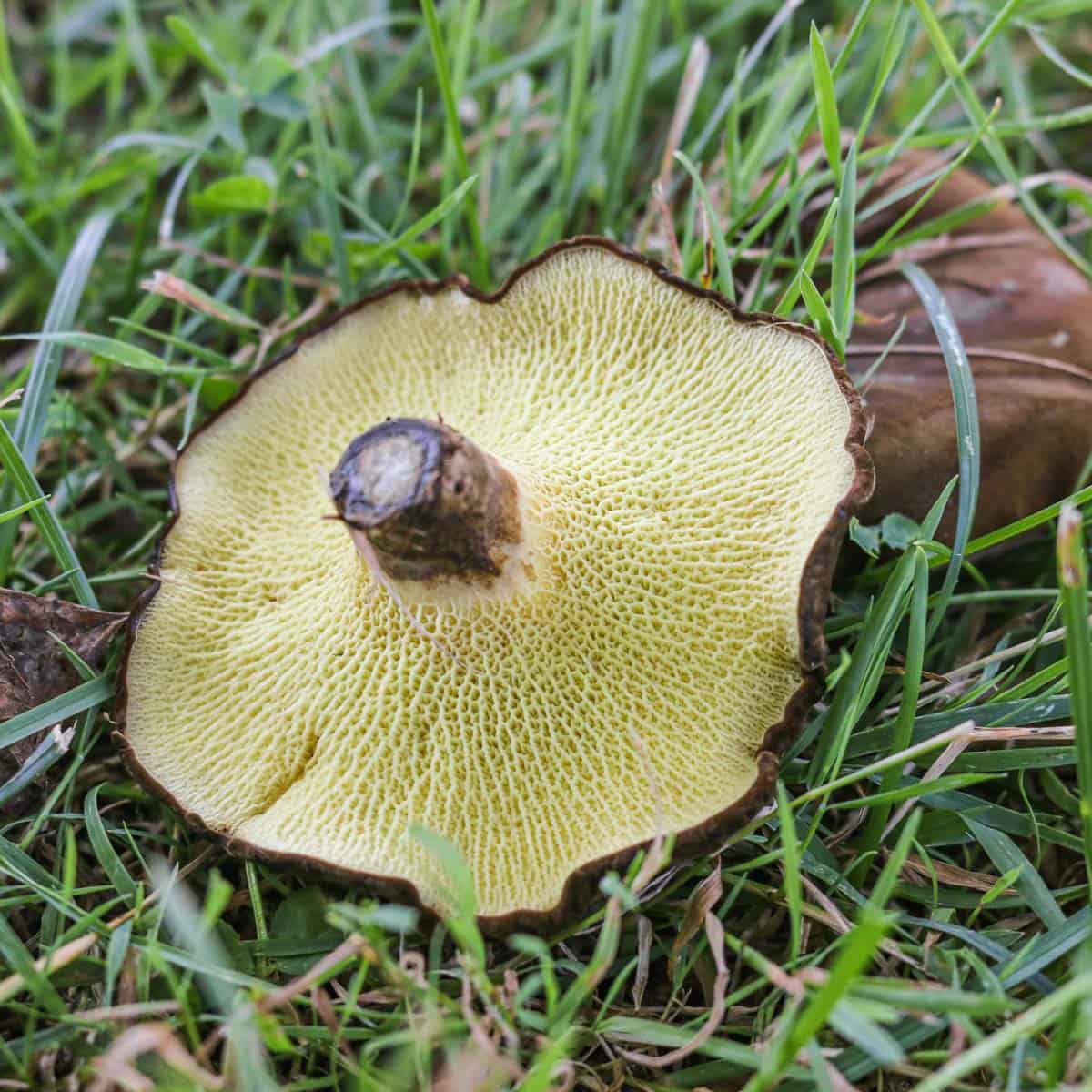
Eli Pullan
Notwithstanding your experience, and all the field guides that say this is an edible mushroom, there appears to be geographical variation.
From personal experience, the ones in Ontario taste like dirt. Several other veteran foragers have had the same experience. This mushroom, while fun to find, is not considered edible around here.
Jennifer Himebaugh
Yeah picked it and fried it! Yum
Red
We get lots of them in my yard. I usually dry them and powder them. They're supposed to be quite nutritional and when powdered, works well added into stews and such
Catherine Szramka
My family has been picking these for generations we make our Christmas soup with them and now they are growing in my own yard so the tradition carries on! Our polish ancestors started it
Alan Bergo
Great idea. Thanks for sharing.
Susan Dabney
Mike well the thing to do is eat the evidence. But actually, I've never been crazy about them. That sort of tart, raw potato taste.....They grow near ash trees, and sometimes I don't see them right away. So maybe super fresh they are great. Really they are easy to ID especially because there are so few poisonous boletes, and these have the large, open, stretched looking pores like a suillius.
K L Marburger
I just made this recipe today, with a few modifications. I cut four pieces of bacon into one half inch chunks, removing the crispy pieces after cooking to add back in last. I also added about a Tablespoon of sesame oil to the bacon fat. I cooked the mushrooms until they were a pleasing reddish brown color. After adding the Panko I aslo added about four tablespoons of butter, some dried thyme, garlic powder, and regular chili powder. Alll as substitutes for the fresh ingredients. The result was wonderful. I only wish I'd had a grilled steak to put it on.
karmadonyoy
I have them in tne back garden, going to try in the morning. ?
Mike
Does anyone know how to keep them from growing in the first place? They are destroying my lawn bigtime. (22 Jul, 2016)
Fred Terracinaq
Gyrodon merulioides (Schw.) Singer is a a more recent name for forthis fungus but Bolet these fungi do not have the tissue structure of polypores and of late have been put into the boletaceE ie a type of bolete but unlike other boletes the pores do no readily separTe from the cap. The bruising resembles that seen in many of the species in the Boletaceae. I was trained as a mycologist but have been outof that field for over 30 yrs, so I am not up to date on the literature. If I were, I would know whetheror not any DNA analysis has been done which might clear up the phylogeny. Ifound quite a bit of this fungus under some white ash today (Aug., 19, 2015 in a park in Elma, Ny.
Fred Terracina
Gyrodon merulioides (Schw.) Singer is one possibly earliername for for this fungus but others use the name Boletinellus merulioides (Schw.) Murrwhich I thinki think, is an earlier name. Unlike most boletes, these fungi do the pores do no readily separatei from the cap. The bruising resembles that seen in many of the species in the Boletaceae. I was trained as a mycologist but have been outof that field for over 30 yrs, so I am not up to date on the literature. If I were, I would know whetheror not any DNA analysis has been done which might clear up the phylogeny. Ifound quite a bit of this fungus under some white ash today (Aug., 19, 2015 in a park in Elma, Ny.
Dan Farmer
Found a couple today. One was too far gone, but I'm going to dry the one that I did take home to check out that walnut thing!
Dan Farmer
Incidentally, I know of two spots where these are (or at least have been) rather prolific. Give me a ring when they're in season next year.
Dan Farmer
My Audubon Society Field Guide calls them Boletinellus (and only references the merulioides species), and that brings up a lot more hits on Google. Yes, I'm certain now that I see more pictures... I have seen plenty of these in a couple of areas.
Alan Bergo
The audobon guide is very good, nice and compact, although the pictures are a bit wonky sometimes. Legend has it that Gary Lincoff just watched a bunch of mushroom slides and yelled out names for the mushrooms in the book.
lisa
I doubt if that's true, but he himself did say that the publishers insisted on there being a common name for every mushroom. Some simply did not have one, so he had to create them.
Fried Terracina
Gary LNCOFF WAS A VERY KNOWLEDGEABLE” Mushroomphile” but he was not a mycologists and never pretended to be one. He was interested in identification not taxonomy nor nomenclature and “scientific names” were not that important to his interests. He was a very good teacher and raconteur. His enthusiasm was infectious. He served his audience well.
Fred Terracina
Lisa see my comments on Gary L.I think he helped many people to identify mushrooms.
Fred Terracina
Actually I think my comment disappeared. Gary L.was. It professionally trained as a mycologists and never pretended to be. He cooperated with many well trained scientists and I think was respected by most of them. He was a very knowledgeable “MUSHROOMPHILE” I dentification was his goal, and he was not particularly interested in nomenclature nor taxonomy. He was an enthusiastic teacher and inspired many. Of course he was a great scmoozer and would pick up common names easily. He is sorely missed as a teacher and friend.
Dan Farmer
Nice job of ID-ing them! I believe I have seen them a few times, the most recent was only a week ago, up near Grantsburg, but I never was able to ID them (I often give up too quickly with boletes). Even Google doesn't bring up much more than this blog and a couple of scholarly papers. They are probably in one or more of my books... I'll have to check in the morning.
sam schaperow
I'll spread the word of this post while you're working on being able to copy the group we discussed. Meanwhile, my question is do you use mature bolete pores in sauces or powdered?